
High-Performance Gear Systems | Custom Solutions for Heavy-Duty Applications
Browse our precision-engineered gearboxes, hydraulic spindles, and cast housings – designed for extreme durability, 30% longer lifespan, and seamless OEM integration.A rod end, also known as a heim joint or spherical bearing, is a mechanical articulating joint used to connect and pivot linkages in control mechanisms, suspension systems, and various industrial applications. It consists of a spherical plain bearing housed in a threaded rod end, allowing for angular misalignment and smooth rotational movement. Rod ends are vital components in machinery where flexibility, durability, and precision are required, such as in automotive steering, aerospace controls, and manufacturing equipment.
Our rod ends are engineered to meet high-performance standards, offering superior strength, corrosion resistance, and longevity. They are manufactured from premium materials like stainless steel, carbon steel, or engineered polymers, ensuring reliability in diverse environments. Key features include:
Below is a detailed table of our standard rod end specifications, covering dimensions, materials, and performance metrics. These parameters are based on industry standards and rigorous testing.
| Parameter | Description | Values/Range |
|---|---|---|
| Thread Size | Standard thread dimensions for compatibility | M4 to M30, or imperial sizes (e.g., 1/4"-28 UNF) |
| Bore Diameter | Inner diameter of the bearing | 3mm to 30mm |
| Material | Construction material options | Stainless Steel (SS304, SS316), Carbon Steel, Nylon, PTFE |
| Load Capacity (Static) | Maximum load before deformation | Up to 50 kN for steel versions |
| Operating Angle | Maximum angular misalignment | ±25 degrees standard; custom up to ±40 degrees |
| Weight | Approximate weight per unit | 10g to 500g, depending on size and material |
| Finish | Surface treatment for protection | Zinc plating, black oxide, passivation, or bare metal |
Rod ends are versatile components used across multiple industries. Common applications include:
Their ability to accommodate misalignment and reduce friction makes them essential for smooth operation and extended equipment life.
This section addresses common queries to help users understand rod ends better.
What is the difference between a male and female rod end?
A male rod end has external threads on the shank, allowing it to screw into a tapped hole or nut, while a female rod end has internal threads, enabling it to accept a threaded bolt or stud. Male types are common for direct mounting, whereas female versions offer flexibility in assembly with other components.
How do I choose the right rod end for my application?
Consider factors like load capacity (static and dynamic), environmental conditions (e.g., exposure to moisture or chemicals), material compatibility, thread size, and required angular movement. For high-load applications, opt for steel rod ends with heat treatment; for corrosive environments, stainless steel or polymer versions are preferable. Always refer to manufacturer specifications and consult engineering guidelines.
Can rod ends be used in high-temperature environments?
Yes, but it depends on the material. Stainless steel rod ends can withstand temperatures up to 150°C, while polymer-based ones (e.g., nylon) may have lower limits, typically around 80-100°C. For extreme temperatures, specialized coatings or materials like PTFE are available. Always check the temperature rating in the product datasheet to avoid failure.
How often should rod ends be lubricated?
Self-lubricating rod ends with integrated lubricants (e.g., PTFE liners) require minimal maintenance and can operate dry. For non-self-lubricating types, lubrication intervals depend on usage: in high-frequency applications, lubricate every 100-200 hours of operation; in low-duty scenarios, annually may suffice. Use compatible lubricants to prevent wear and corrosion.
What are the signs of a worn-out rod end?
Common indicators include excessive play or looseness in the joint, unusual noises (e.g., squeaking or clunking), visible corrosion or damage, and reduced precision in movement. Regular inspection is recommended; replace worn rod ends promptly to prevent machinery failure and ensure safety.
Are rod ends interchangeable between brands?
While many rod ends adhere to industry standards (e.g., ISO 9001 or ANSI specifications), dimensions and tolerances can vary between manufacturers. It's crucial to verify thread size, bore diameter, and load ratings before substitution. Using non-compatible parts can lead to misalignment, increased wear, or system failure.
Can I install rod ends myself, or do I need professional help?
Installation is straightforward for those with basic mechanical skills: ensure threads are clean, use appropriate tools (e.g., wrenches), and avoid over-tightening to prevent damage. However, for critical applications like aerospace or automotive safety systems, professional installation and torque specifications should be followed to guarantee reliability and compliance with standards.
Do rod ends come with warranties?
Most reputable manufacturers offer warranties covering defects in materials and workmanship, typically ranging from 1 to 5 years. Warranty terms vary, so review the provider's policy. Proper usage and maintenance as per guidelines are often required to keep the warranty valid.
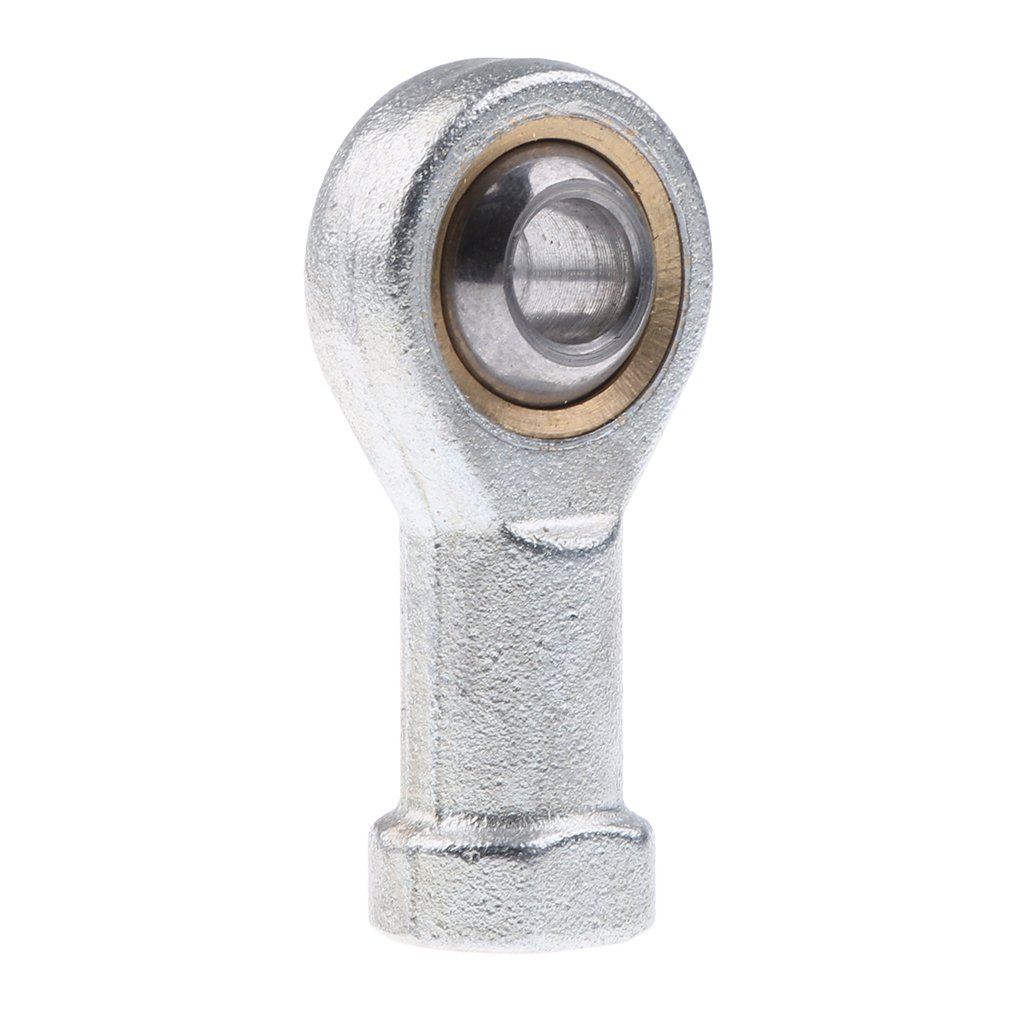
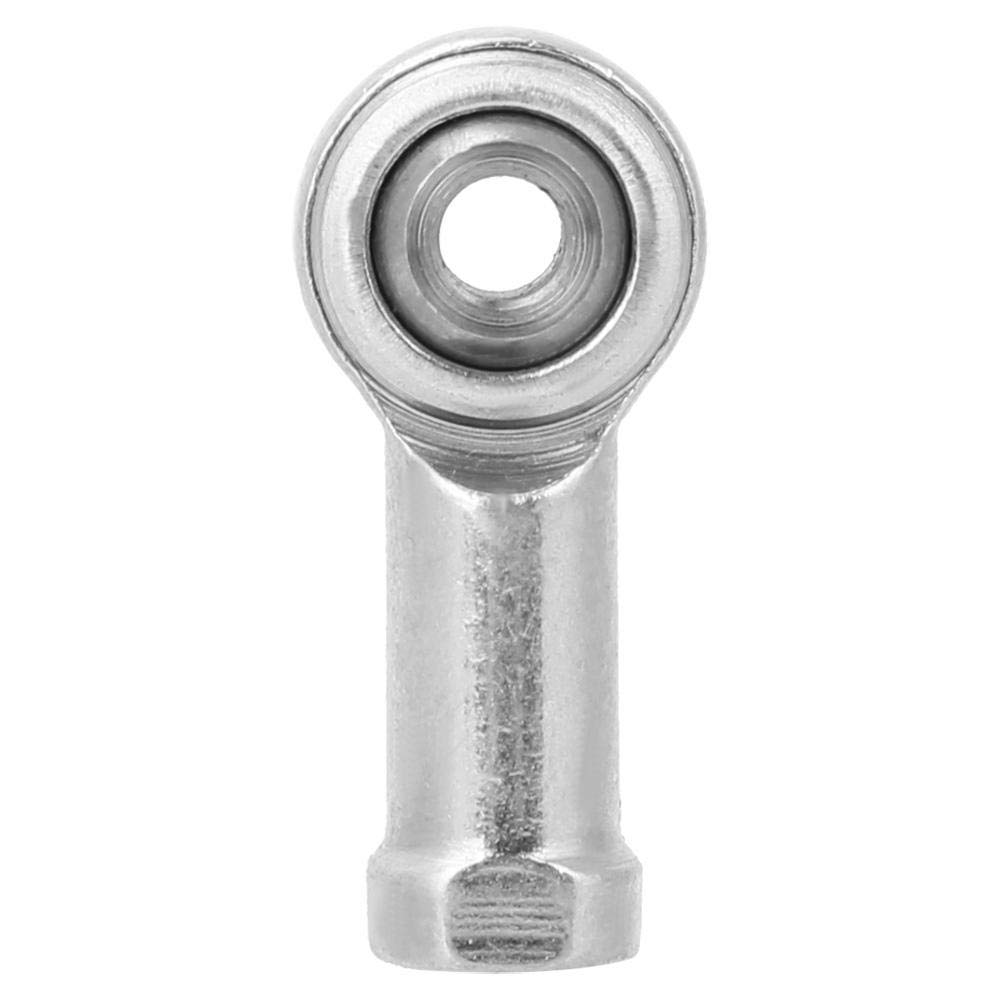
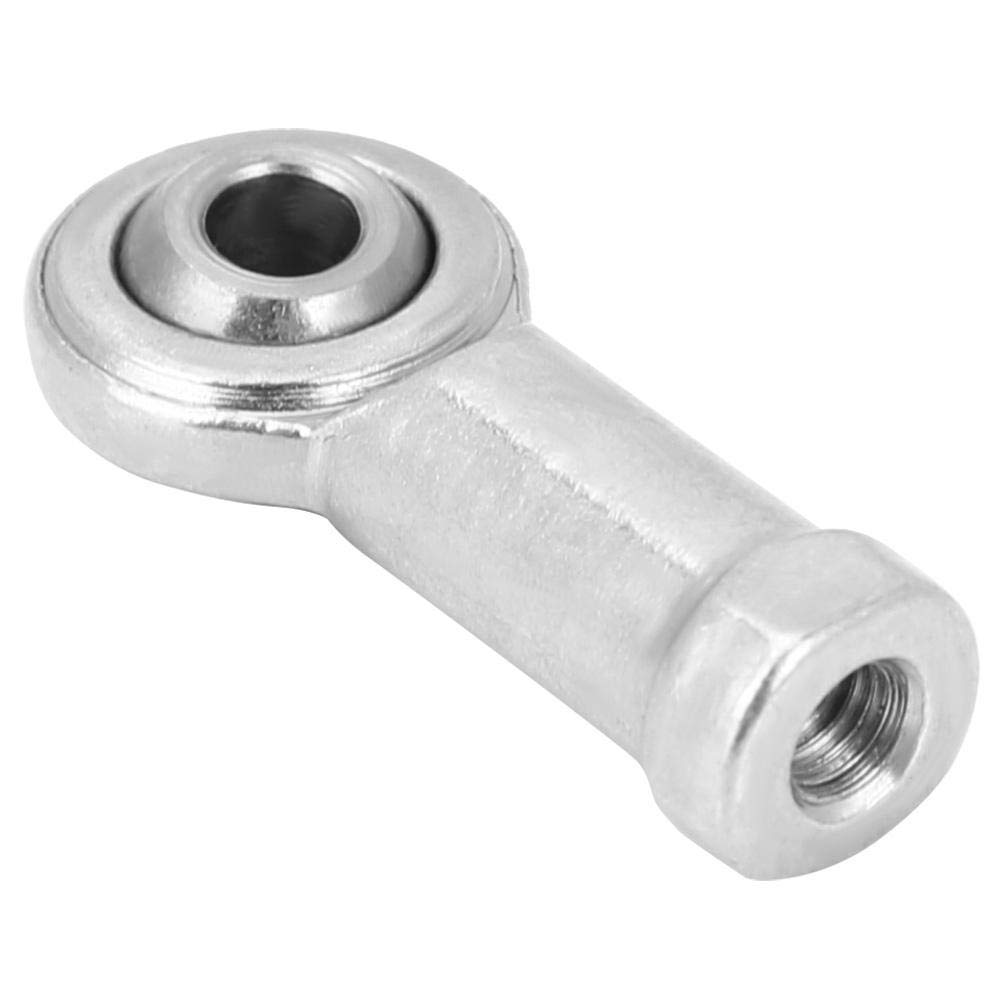

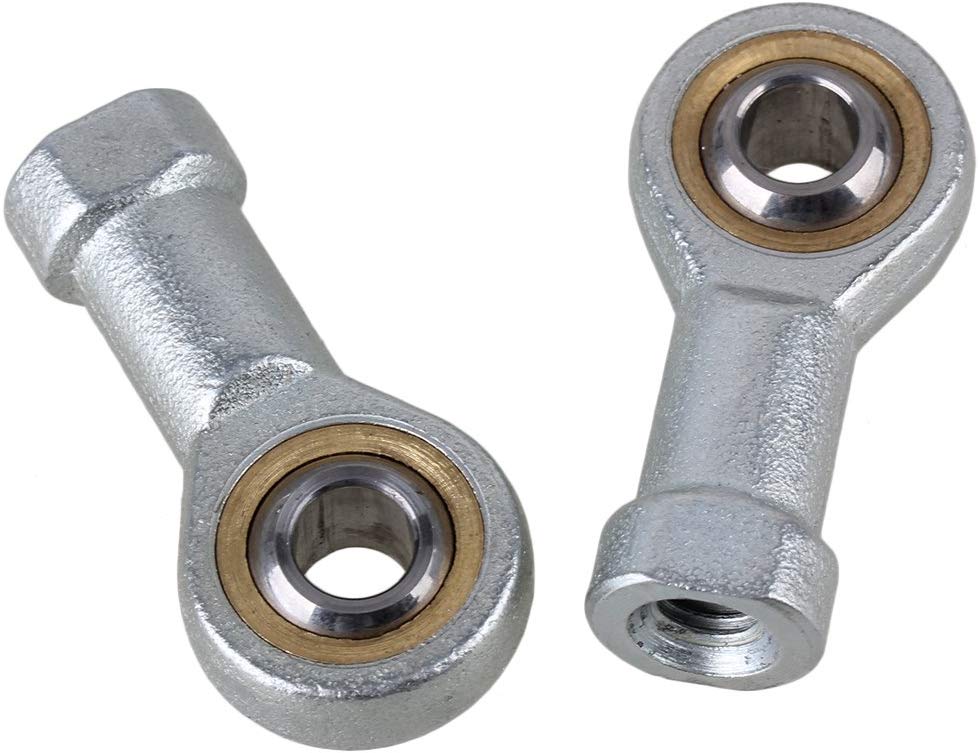
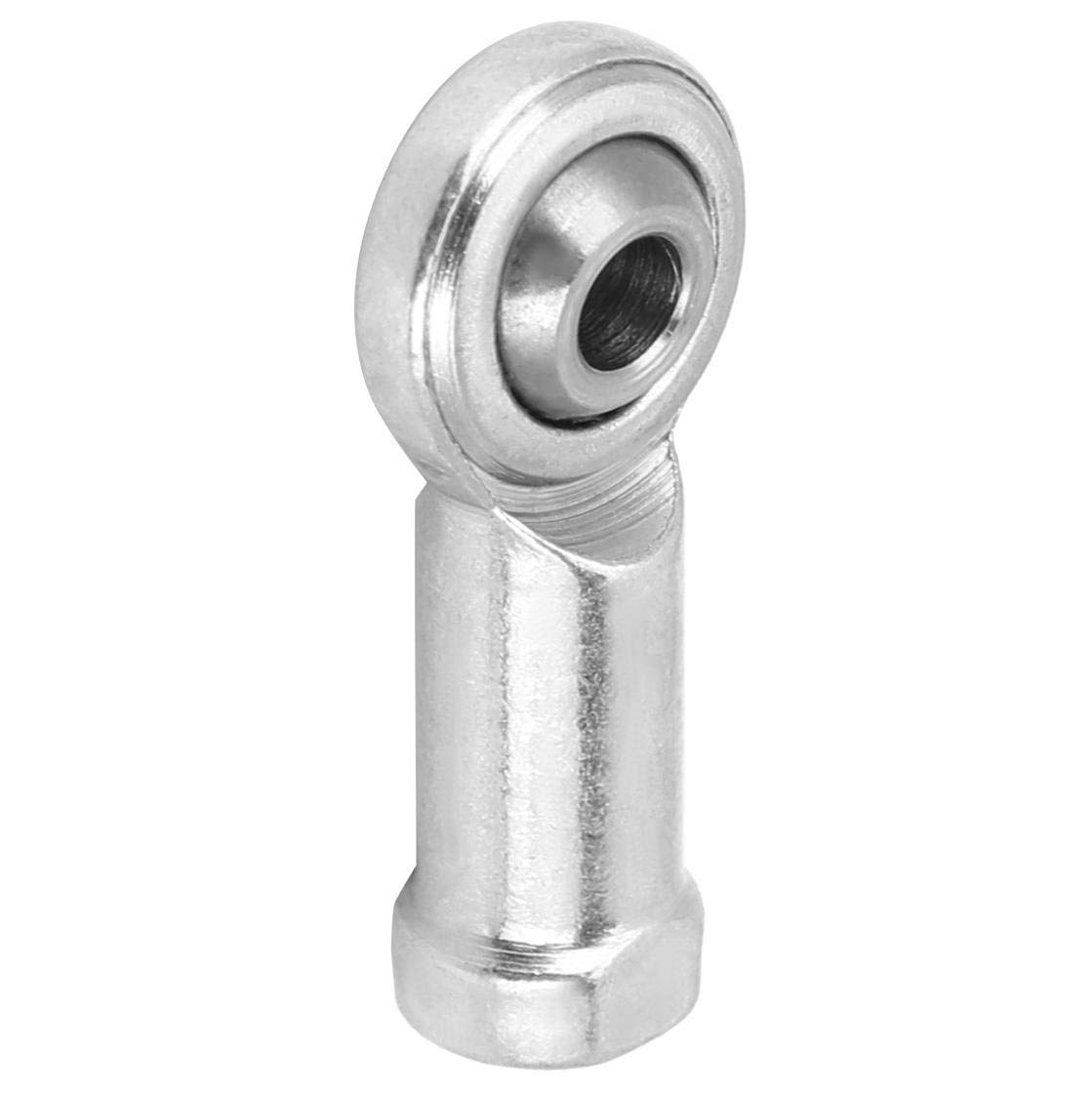
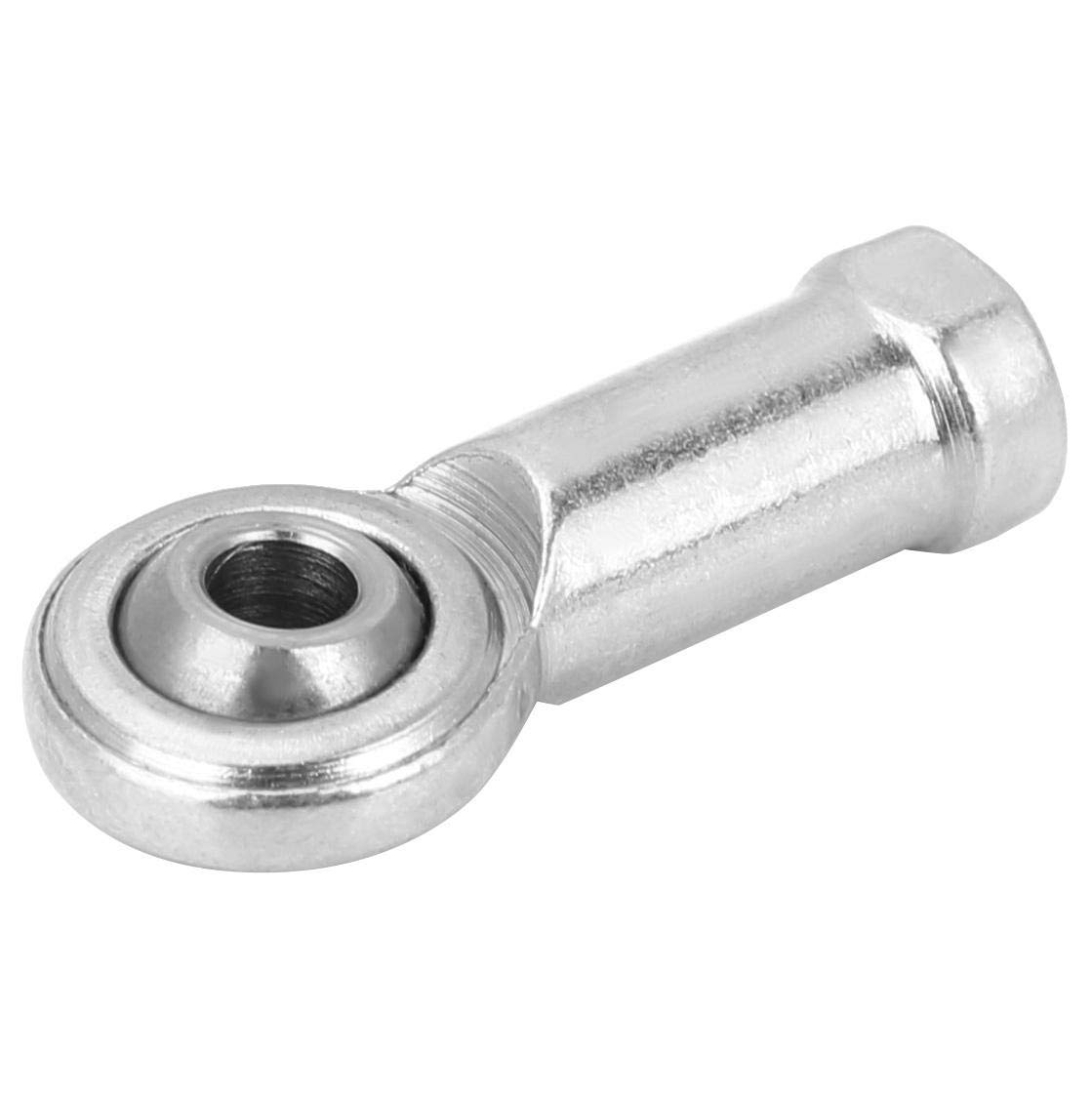
Copyright © Raydafon Technology Group Co.,Limited All Rights Reserved.